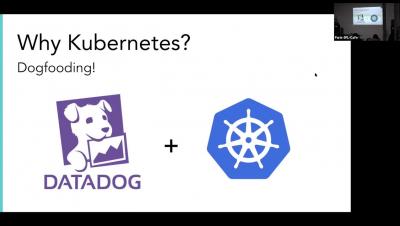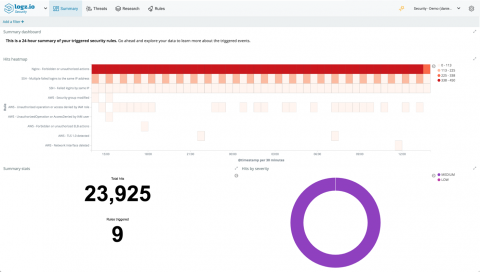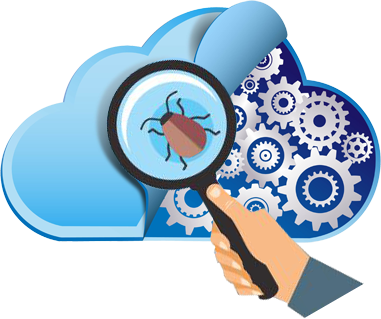Operations | Monitoring | ITSM | DevOps | Cloud
DevOps
The latest News and Information on DevOps, CI/CD, Automation and related technologies.
October 2018 Online Meetup: Migrating from Rancher 1.6 to Rancher 2.1
Combining Threat Detection with Artificial Intelligence, Logz.io Launches Security Analytics App for ELK Stack on its Continuous Operations Platform
Boston and Tel Aviv, October 24, 2018 — Logz.io, the leader in AI-powered log analysis, releases the first robust security application built on the open source ELK Stack, bringing powerful and scalable security monitoring and analysis directly into the DevOps workflow.
Test Automation Tools to Accelerate CI/CD
So much of our world has moved away from the slow and methodical, towards the agile and iterative. In transport, for example, everything is “on demand”, constantly changing and adaptable. The same is true for developers. With movements and philosophies such as CI/CD, everything is about moving quickly, yet smartly. Test automation is an integral part of this development philosophy.
StackStorm 2.9.1 and Exchange Updates
Late October already – where did the year go? Well at least part of it was spent making StackStorm better, and adding new packs and actions to the StackStorm Exchange. Read on for more details about StackStorm 2.9.1, and pack updates to ManageIQ, Jira, ServiceNow, InfluxDB, vSphere, and more.
The 9s Are a Lie: Chasing Continuous Availability
Preparing for Your Migration to the Cloud
How to Use the New Sumo Logic Terraform Provider for Hosted Collectors
Over the years, automation has become a key component in the management of the entire software release lifecycle. Automation helps teams get code from development into the hands of users faster and more reliably. While this principle is critical to your source code and continuous integration and delivery processes, it is equally essential to the underlying infrastructure you depend on.
Data Snapshot: How well equipped are businesses to bounce back from disaster?
Disaster recovery involves planning for the worst so organizations can quickly bounce back from a disruptive event. To prepare for hardware failure, power outages, human error, natural disasters — or whatever type of disaster life has in store — companies should put together a disaster recovery plan that identifies risks and outlines steps to mitigate them. For example, to minimize downtime, companies might regularly back up important data and set up redundant offsite infrastructure.
Why Refactor an App? We have Rehosted App on Cloud!
Enterprise IT and ISV developers are intrigued by technology benefits of containers and Kubernetes. However, when they go with a recommendation to their senior management to containerize applications, one question is asked – Why do we need to containerize? Didn’t we rehost our application to the cloud?











